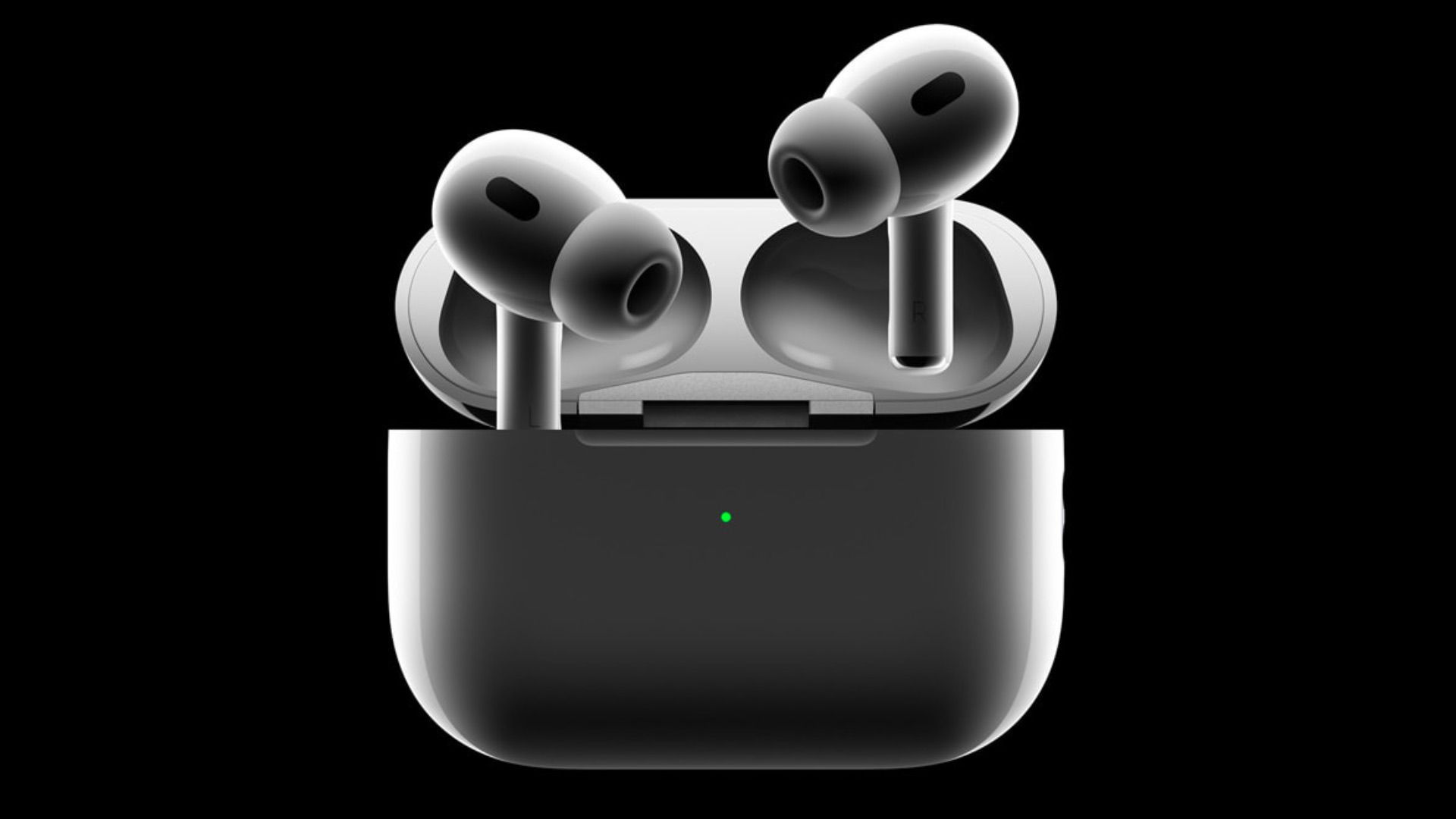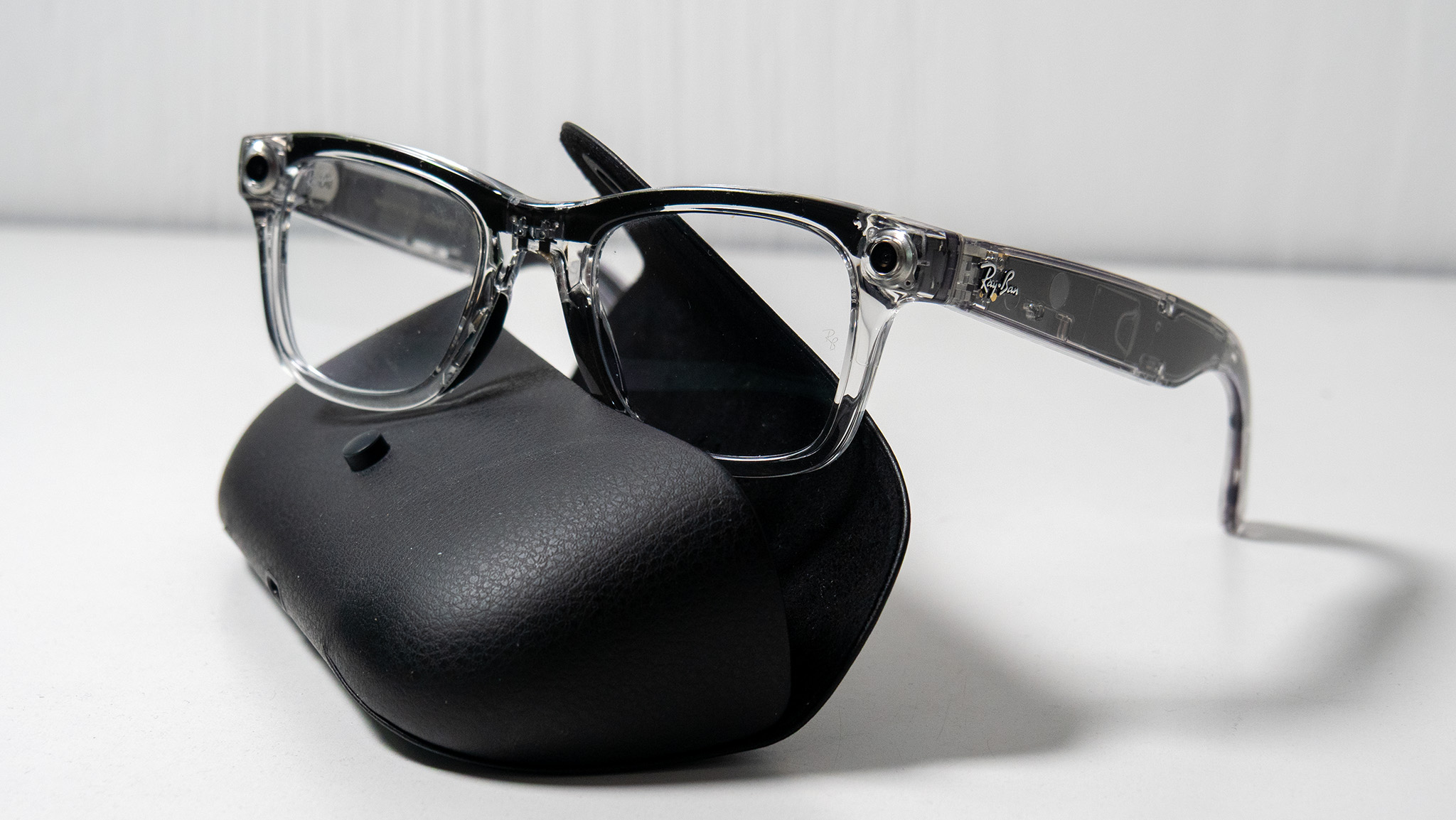AliPay Unveils Innovative Palm Recognition Technology for Payments

In the world of science fiction, we have often seen dramatic scenes where important characters approach a retina scanner, bending over while light beams scan their eyes for identification. While this concept has long captivated our imaginations, it also raises practical concerns, chiefly regarding security and the complexity of the technology. However, it appears that AliPay, a subsidiary of the Chinese technology behemoth Alibaba, has unveiled a far more pragmatic solution: palm recognition technology.
Palm recognition is not a new concept; it has been around for several years and has even found applications in products like smart door locks. Yet, AliPay's PL1 device marks a significant leap forward in terms of accessibility and mass adoption. This innovative technology is designed specifically to streamline payment processes, allowing users to simply hold their palm over a sensor to authorize transactions. In a world where hygiene is of paramount concern, this contactless method eliminates the need to touch potentially germ-laden keypads found on traditional point-of-sale (POS) terminals.
Developed by Alipay (Hangzhou) Information Technology Co., Ltd, the PL1 operates through a sophisticated yet user-friendly mechanism. The device is capable of recognizing a persons unique palm prints as well as the intricate patterns of palm vein biometrics. This advanced technology utilizes the vein structures that exist beneath the skin, which are virtually impossible to replicate or counterfeit. Unlike fingerprints, which can sometimes be faked, or PIN codes and one-time passwords (OTPs) that can be compromised, the palm scanning process requires users to simply position their palm over the sensor, reminiscent of a 'Roman salute'. The entire authentication process is completed within seconds, ensuring a swift and efficient user experience.
The benefits of this technology are manifold. First and foremost, its infallibility offers a level of security that is particularly appealing in todays digital landscape, which is rife with identity theft and fraud. Additionally, its speed and contactless nature make it ideally suited for environments where health and safety are primary concerns, such as during ongoing global health crises. However, the effectiveness of the PL1 may be diminished in colder climates where people tend to wear gloves, presenting a minor limitation.
Moreover, the PL1's functionality is not restricted to mere payment processing. AliPay has indicated that the technology can also serve various authentication purposes and can be deployed extensively at public transport terminals, such as subways and buses. This feature could significantly enhance security and convenience, allowing for contact-free access and transactions in densely populated areas. Such a system could replace the current reliance on fingerprint scanningwhich, despite its common use, is susceptible to forgeryand facial recognition technology, which has been criticized for its high rates of inaccuracy.
As AliPay continues to innovate in the realm of biometric technology, the PL1 represents a promising step forward, potentially transforming the way we conduct financial transactions and access secured areas in our daily lives. With its combination of security, speed, and hygiene, the palm recognition technology could soon become a standard feature in payment systems globally, reshaping the landscape of consumer interactions.



























